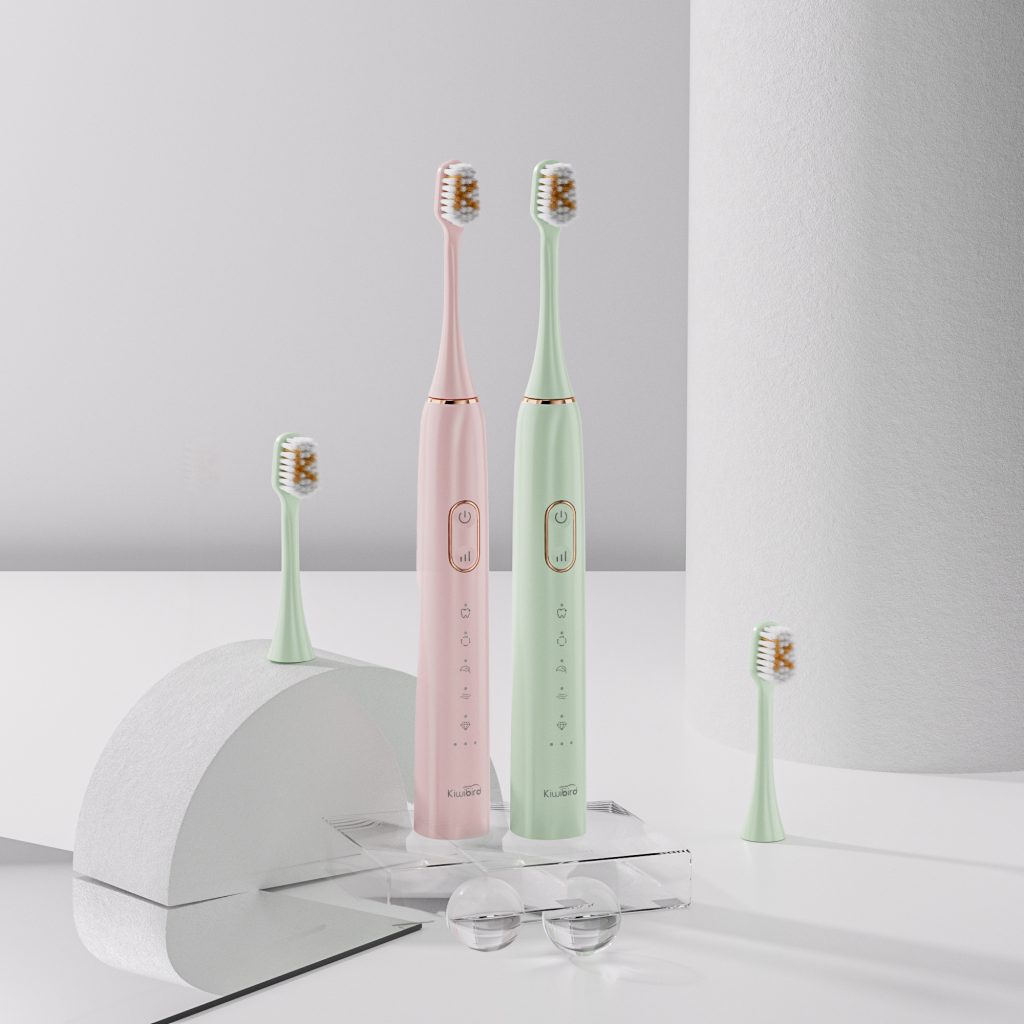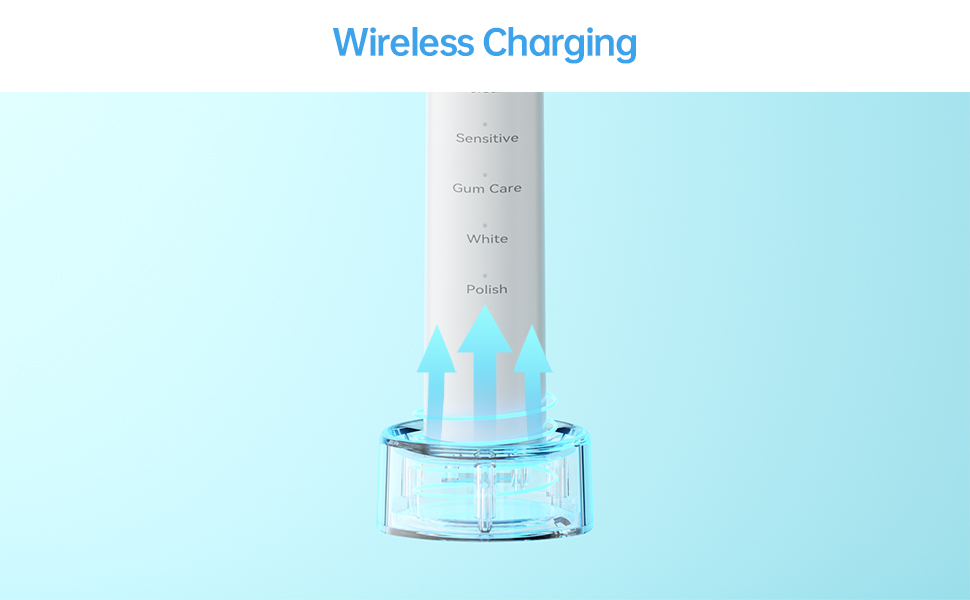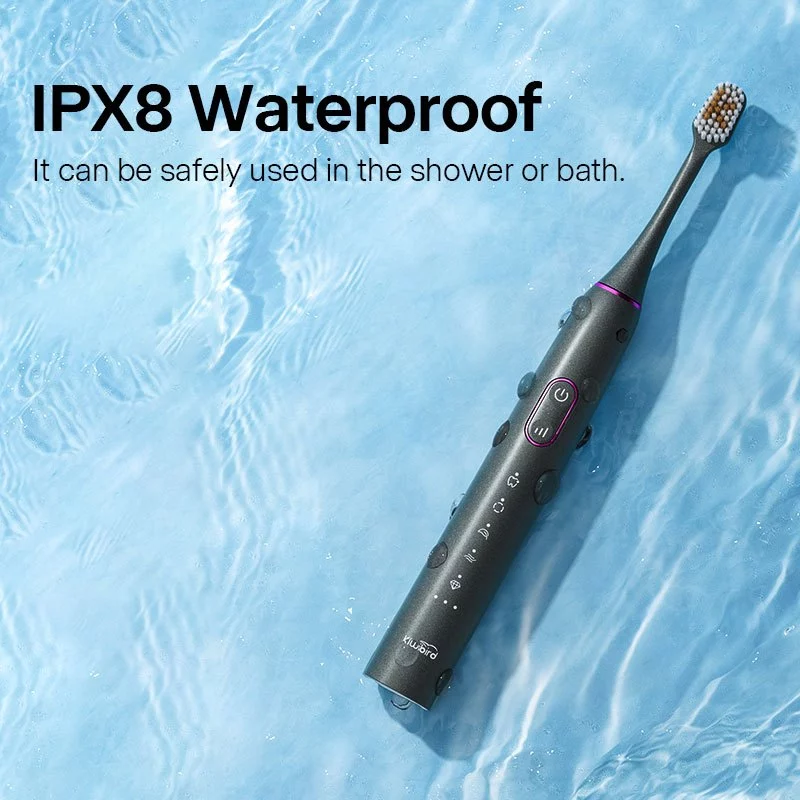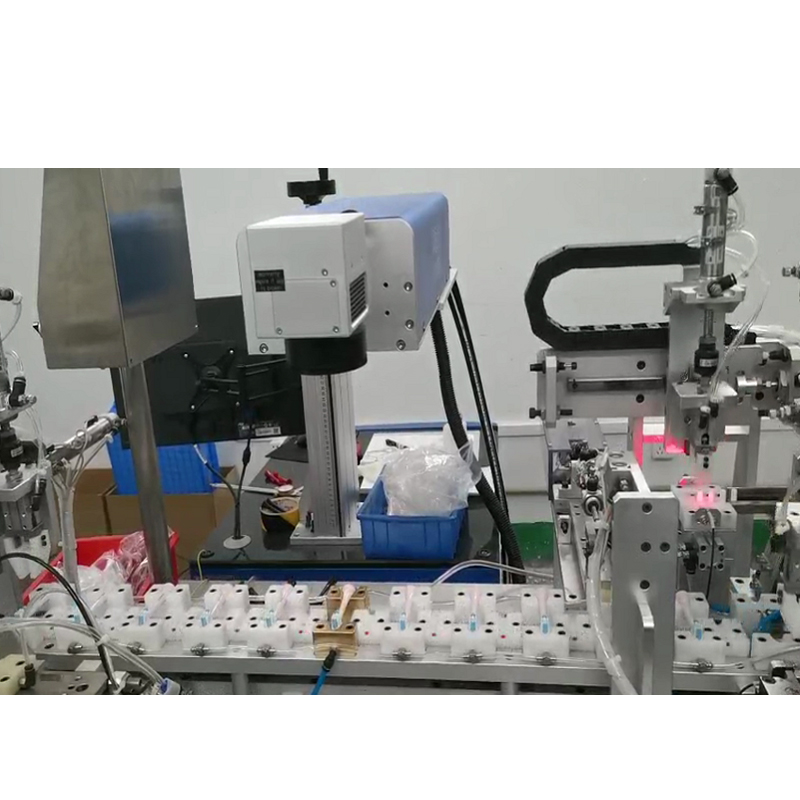In modern oral-care devices, achieving reliable crown compatibility goes hand in hand with advanced pressure sensors tech. When crowns of varying materials—zirconia, porcelain-fused-to-metal, or composite—meet a pressure‐sensitive brush or irrigator, the system must adapt force feedback to protect both restoration integrity and surrounding tissues. Below, we explore six key facets of designing devices that deliver safe, effective care across any prosthetic surface.
First, crowns differ widely in hardness, surface texture, and thermal expansion:
Recognizing these differences is the foundation for any device claiming robust crown compatibility.
Moreover, pressure sensors tech provides real-time feedback on applied force, enabling:
Thus, pressure-aware tools become indispensable for protecting both crowns and natural dentition.Company web: https://www.powsmart.com/product/electric-toothbrush/

In practice, calibration must account for crown-specific characteristics:
Through these methods, devices achieve seamless crown compatibility without manual reprogramming.
Next, crown compatibility and sensor reliability go hand in hand:
This maintenance choreography preserves both sensor precision and prosthetic health over years of use.
Equally important is guiding both clinicians and end users:
Such integration ensures crown compatibility is realized consistently in daily routines.
Finally, looking ahead, B2B partners should consider:
By proactively aligning pressure sensors tech with evolving crown materials and workflows, manufacturers can deliver truly safe, effective solutions for complex restorative cases.
Conclusion
Achieving seamless crown compatibility demands more than robust materials—it requires intelligent pressure sensors tech to adapt in real time, safeguarding restorations and natural tissue alike. Through calibrated sensors, user education, and future-focused partnerships, B2B device makers can set a new standard in prosthetic-friendly oral care. For collaboration on integrating pressure-sensitive systems into your product line, please contact our company !

The Pros and Cons of Wireless Charging in Electric Toothbrushes

Why Does the Oral Irrigator Make Abnormal Noise After Being Used for a Period of Time?

Supplier-Side Solutions and Preventive Measures for Common Negative Reviews from Electric Toothbrush Users
Does Warranty Cover Motor Overheating in Electric Toothbrushes?
-2-scaled.png)
Different Selling Points of Teeth Whitening Devices: Portable, APP-Linked, Gel Customization. Which Selling Point Attracts the Most Attention from Brands?
Discover a Great Reason to Switch to an Electric Toothbrush
Why Is Your Device Stuck in Frequency Instability and Smart Timer Malfunction?
.jpg)
A Guide to Designing Good-Looking Electric Toothbrush: How Can Macaron Colors + APP Interconnection Increase Product Premium?
.jpg)
Where to read a Bangalore gadget review for an App-connected toothbrush?
.jpg)
Executive Diwali gift or Status symbol toothbrush — what truly impresses?
Frequent Allergy Reactions to Whitening Kits: Is Cold-Light Technology to Blame?
Can Teeth Whitening Kits Trigger Oral Ulcers?
Does Loud Electric Toothbrush Noise Reduce Cleaning Efficacy?
Hydrogen Peroxide Concentration & Motor Durability: Linked?

How Can Gradient Color Injection Molding Technology Improve the Attractiveness of Electric Toothbrushes?

Is the Gujarat travel toothbrush truly a Durable travel toothbrush?

electric toothbrush heads Charcoal Infuse-Round

electric toothbrush heads Ultra Soft
.jpg)
Florida Electric Toothbrush – Powsmart PTR-C8

Customization Teeth Whitening Gel

Private Label Whitening Gel

Electric toothbrush heads Charcoal Infused-Diamond

electric toothbrush heads Regular Clean

electric toothbrush heads Deep Clean
whstapp
whstapp
National Toll-Free Service Hotline
+86 755 86238638